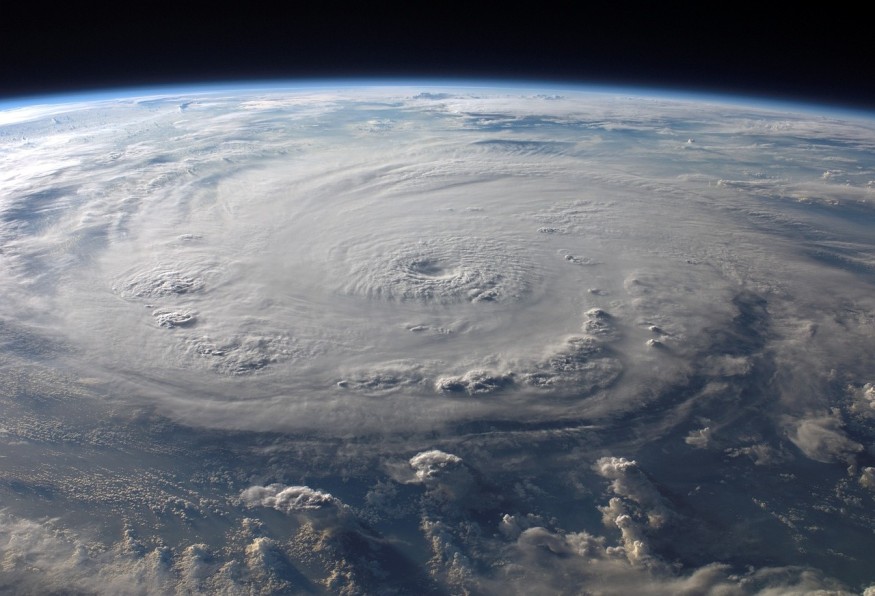Hurricane is sometimes interchanged with other names, like typhoon or cyclones depending on where they occur. On Sunday, Hurricane Julia hit Nicaragua with its strong winds and heavy rain that brought life-threatening flash floods and mudslides in many areas across Central America and southern Mexico.
AP News reports that the maximum sustained winds were estimated to be about 85 miles per hour (140 kilometers per hour) when the storm made its landfall near Laguna de Perlas at 7:50 GMT.

Hurricane Julia in Nicaragua
Hurricane Julia is the fifth Atlantic hurricane of the season, and by night, it has significantly weakened into a tropical storm with top sustained winds of up to 40 mph (65 kph). It churned westward across the country, unleashing a dangerous storm surge along the coast that caused great damage to homes and left some towns incommunicado.
Julio Hernandez, a resident of Rio Blanco in central Nicaragua, said in an interview that it is still raining and water has still surrounded them as power and water have not yet been restored. Due to the storm, several houses are now without roofs, and many trees are down on the road.
According to Phys.org, the country was on high alert, and civilian brigades are helping clear fallen trees from roads and watch for flooding in coastal and mountain villages. As of now, there are no fatalities reported.
The US National Hurricane Center warned that hurricane Julia was still packing a punch not only to Nicaragua but also nearby countries. Heavy rainfall from the storm could cause life-threatening mudslides and flash floods in Central America and southern Mexico, and residents are urged to prepare food, plastic, and a little of everything.
How Do Hurricanes Form?
Although hurricanes, typhoons, and cyclones may sometimes be used interchangeably depending on where they occur, these are all tropical cyclones, per NASA Science Space Place.
Tropical cyclones all form similarly, although not in the same location. Tropical cyclones are like giant engines that use warm, moist air as fuel as they only form over warm ocean waters near the equator.
As the warm, moist air over the ocean rises, less air is left on the surface, which causes an area of lower air pressure. The air surrounding this area is a higher air pressure that pushes into the low-pressure area, becomes warm and moist, and rises too. This process continues and creates air swirls and forms clouds fed by the ocean's heat and water evaporating from the surface.
Storms from the north equator spin counterclockwise, while storms from the south equator spin clockwise because of the difference in Earth's rotation on its axis. As it rotates faster, it creates an eye in the center that is very calm with very low air pressure.
When the winds start to rotate at 39 mph, it becomes a "tropical storm," and when it reaches 74 mph, it officially becomes "a tropical cyclone" or hurricane.
Per the American Red Cross, storms above the North Atlantic, central North Pacific, or eastern North Pacific oceans are called hurricanes. Meanwhile, storms over the Northwest Pacific Ocean are called a typhoon.
RELATED ARTICLE: Will Hurricanes and Typhoons Get Stronger in the Near Future? [Explainer]
Check out more news and information on Meteorology in Science Times.
© 2025 ScienceTimes.com All rights reserved. Do not reproduce without permission. The window to the world of Science Times.












